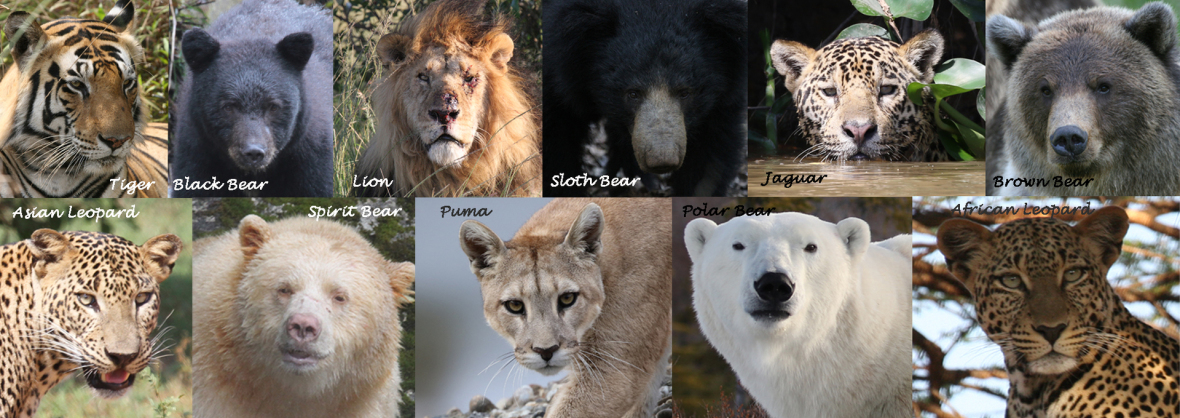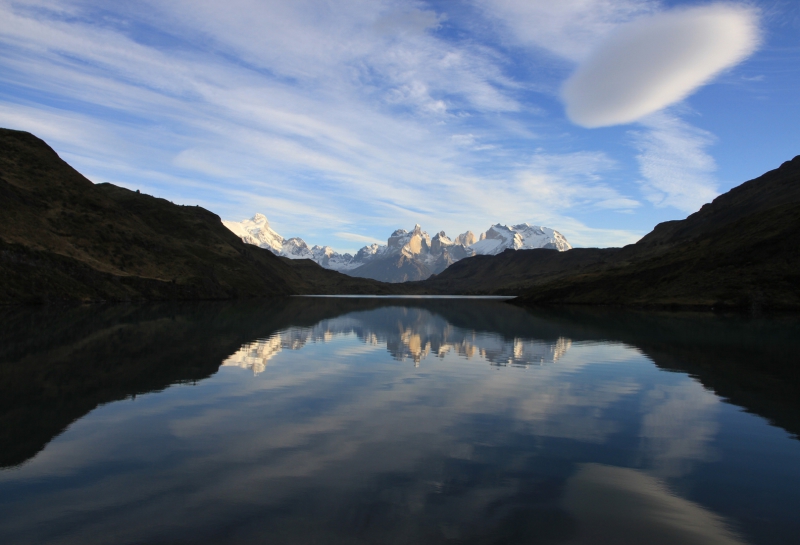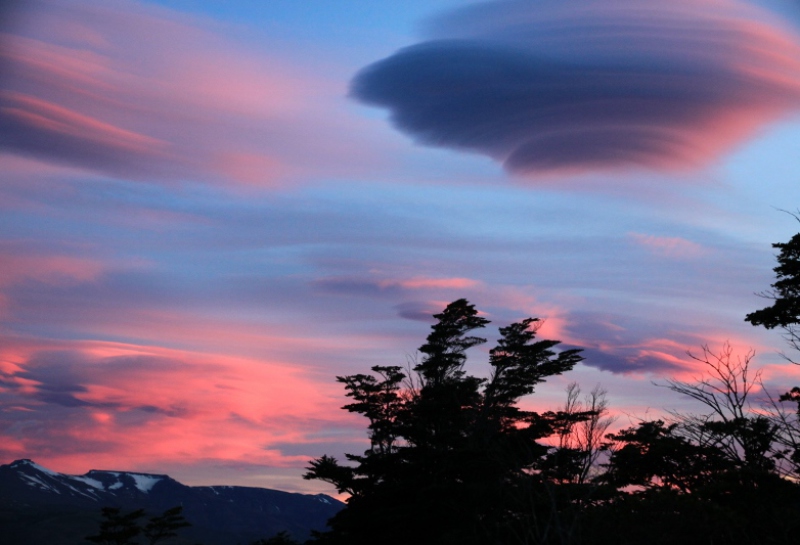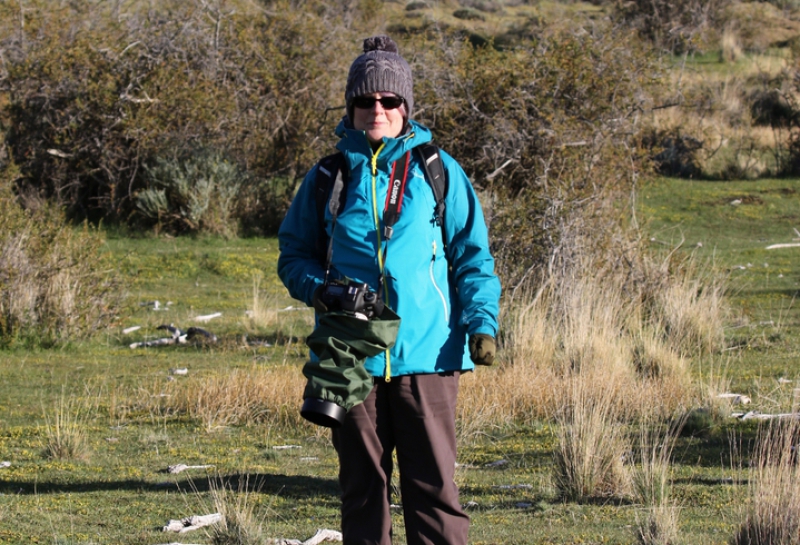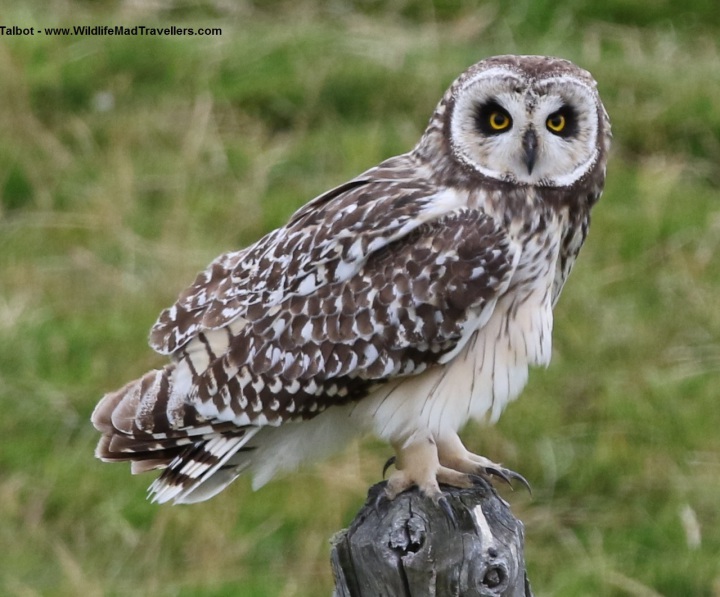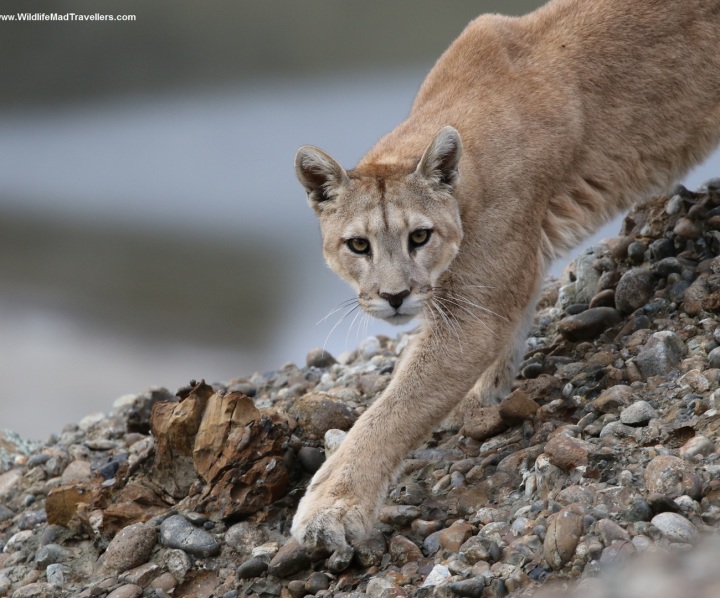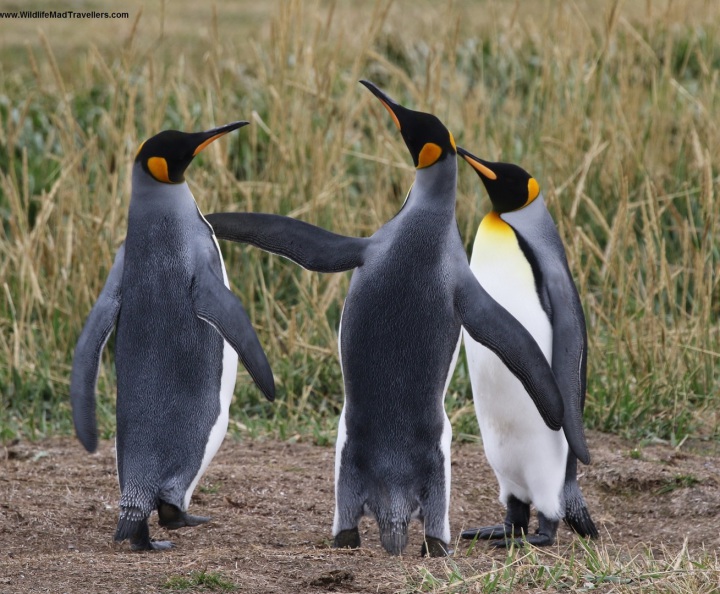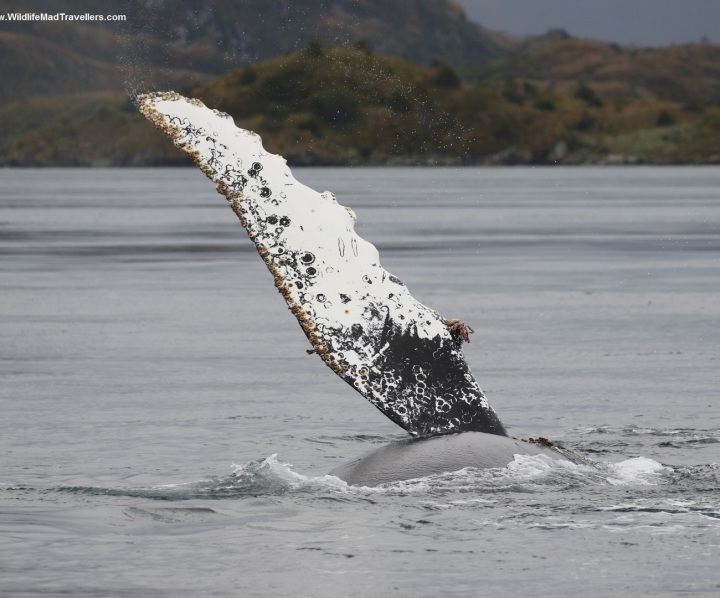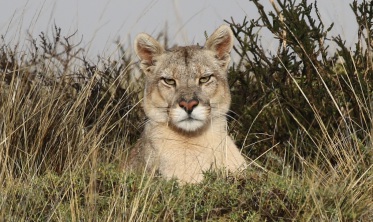Wildlife Mad Travellers’ search for Pumas!
Just a few months before this trip we were walking with polar bears, this next adventure would see us returning to Patagonia for our first serious attempt at seeing a wild puma.
Pumas, more commonly known in North America as cougars or mountain lions, are usually a secretive cat, but in Chile’s Torres del Paine National Park some of the park’s 50 puma population have become habituated to humans allowing people to watch them hunt, eat and sleep. There are never any absolute guarantees with wildlife viewing, however, Patagonia’s pumas are gaining a reputation as being the next virtually guaranteed big cat experience. It wasn’t long ago that jaguars were thought to be elusive and difficult for your average Joe to view in the wild, but the Pantanal can and did deliver amazing jaguar sightings for us. Could Torres del Paine National Park live up to the hype and deliver our first puma sighting? Read on to find out…
